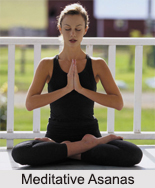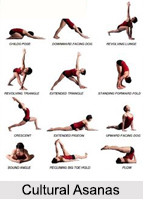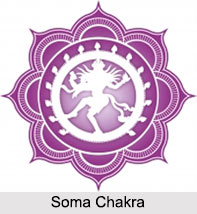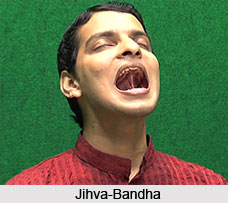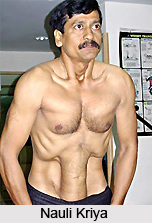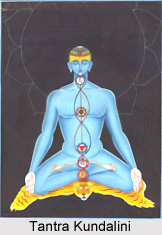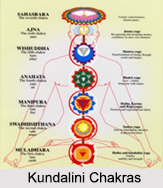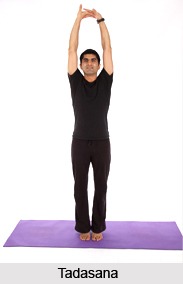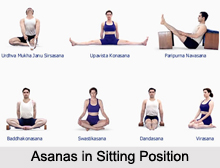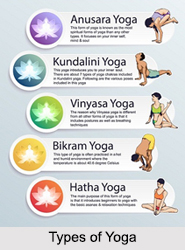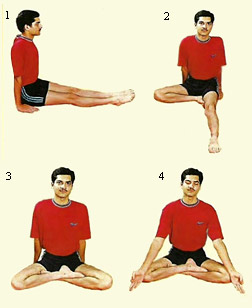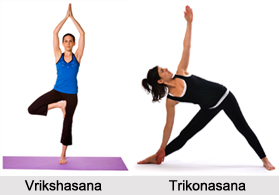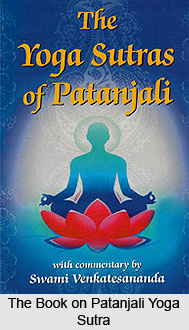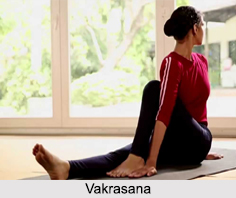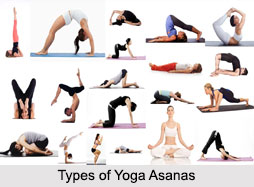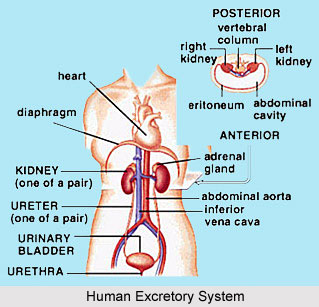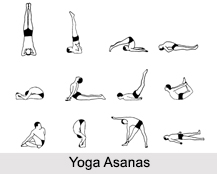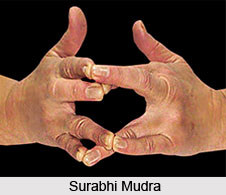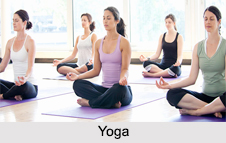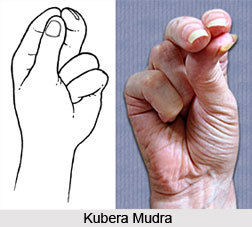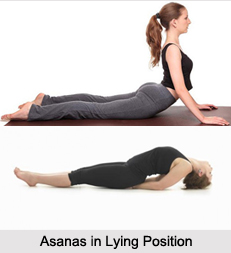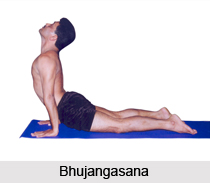 Bhujangasana (Cobra Pose) is an important posture among the cultural asanas, helps in strengthening the abdominal and spinal muscles. A posture resembling the Bhujanga was first described in the Hatha Ratnvali, and it continues to remain part of Yoga practice.
Bhujangasana (Cobra Pose) is an important posture among the cultural asanas, helps in strengthening the abdominal and spinal muscles. A posture resembling the Bhujanga was first described in the Hatha Ratnvali, and it continues to remain part of Yoga practice.
Meaning of Bhujangasana
The pose is called as Bhujangasana, because the full display of this asana gives one the appearance of a `hooded snake` with its neck expanded like a hood. `Bhujanga` means a `cobra` in Sanskrit.
Yoga Texts and Bhujangasana
A pose similar to the Bhujangasana was first described in the Hatha Ratnavali (1600 CE), wherein it was called the Naga Pitha asana. The Hatha Ratnavali includes the asana in its list of 84 Classic Yoga Asanas taught by Lord Shiva. Subsequent texts like the Gheranda Samhita (1800 CE) and the Shri Tattva Nidhi (1900 CE) referred to the posture by the name of Bhujangasana. The posture is hence well ensconced in the textual Hatha Yogic tradition.
Practice of Bhujangasana (Cobra Pose)
A sequential process for performing Bhujangasana follows.
* Lie prone on the seat with the muscles thoroughly relaxed. Touch the ground with the forehead; and keeps the hands, one on each side of the chest, bending them in the elbows. The soles are made to look upward.
* Raise the head and bend the neck backward as far as possible, completely throwing out the chin.
* During this attempt one`s chest is kept close to the ground, the trunk, so to say, taking no part in the movement.
* When the head is fully swung backward, work the deep muscles of the back. By their contraction one slowly raises the chest.
* Beginners can support the rising thorax with their hands, gradually increasing the angle between the arm and forearm.
* Once accustomed to the practice, depend upon the muscles of the back alone for raising the chest; and though the hands are allowed to work as previously, comparatively little burden is now put upon them.
* While practising Bhujangasana the student does not give a full backward curve to his spine all at once; but tries to raise his vertebrae one by one, and marks that the pressure on the spinal curve is traveling down the column step by step, till the thoracic part gets a good backward bent.
* Lastly even the lumbar vertebrae are thrown backward in a curve and the whole pressure is felt at the sacrum area.
Effects of Bhujangasana (Cobra Pose)
While the full pose of Bhujangasana is maintained, the abdominal muscles and especially the two recti are stretched, and the intra-abdominal pressure is greatly increased. If at this time, an attempt is made to contract these muscles, it hugely helps to add to this pressure.
Bhujangasana comes with several benefits for the human body. The deep muscles of the back are alternately contracted and relaxed in working out this pose both ways. The muscles are exercised gain in health and keep the spine elastic. During their work these muscles secure a liberal blood supply by promoting blood circulation, which is ordinarily somewhat slow in this part of the body. This pose has such a good effect upon the deep muscles that even a single successful attempt at it, relieves a backache. The whole spine receives a steady pull anteriorly and every vertebra and its ligaments have their share in the work. If there be any slight displacement in the spinal column due to this asana, it is adjusted to the normal condition.
Bhujangasana considerably influences the development of the abdominal muscles. This exercise promotes the blood circulation of these parts and influences these nerves to maintain their health and activity.
Precautions in the Practice of Bhujangasana (Cobra Pose)
If the person is a beginner, he should not trifle with his breath during this exercise. It is allowed to flow as usual. But when he is advanced in his Yogic studies and knows how to control his breath, he may maintain full inspiration throughout the practice. The exercise may be repeated three to seven times with full advantage. In the full course in the entire pose is to be maintained for ten seconds, but in the short course it is to be kept up for five seconds only.
People suffering from flatulence should practice Bhujangasana immediately after meals; but those who feel flatulent after some time after the meals, should devote more time to Salabhasana or Ardha-Salabhasana.
Bhujangasana practised along with Salabhasana or Ardha-Salabhasana, Halasana and Dhanurasana proves to be truly effective.
